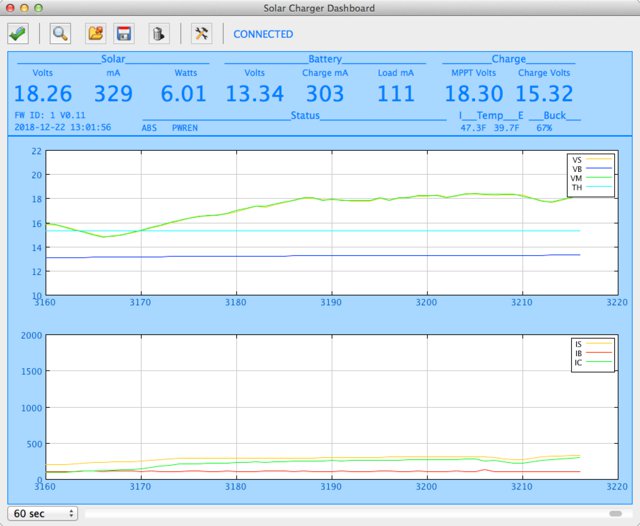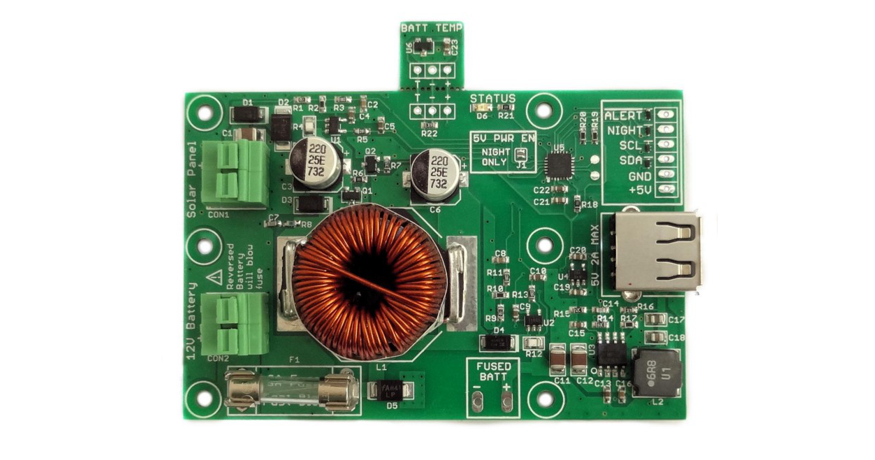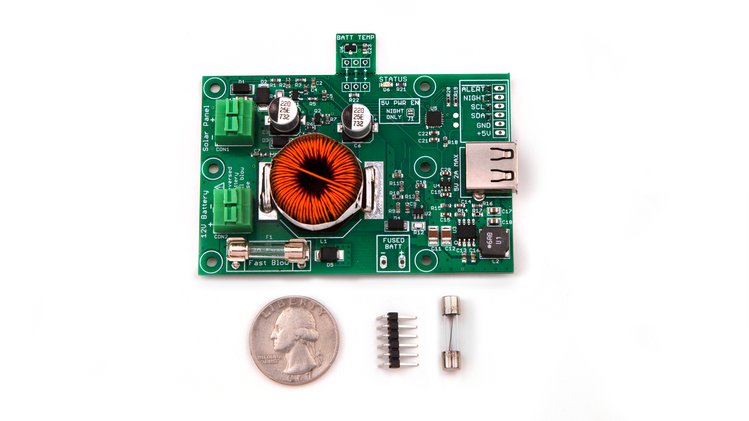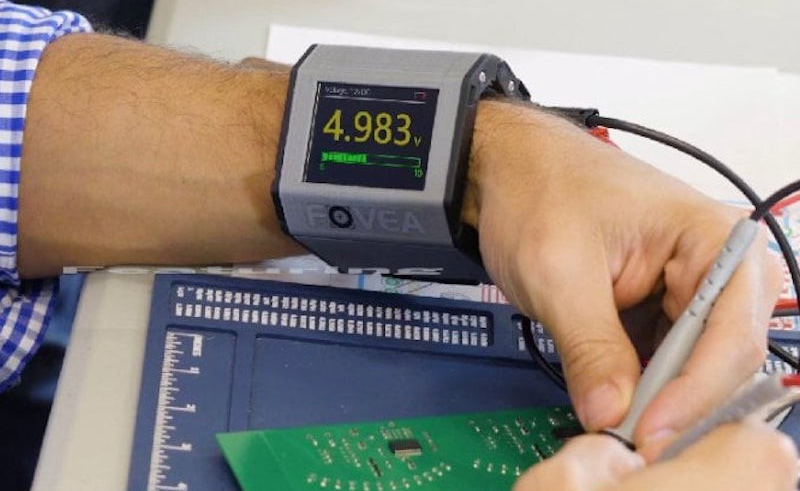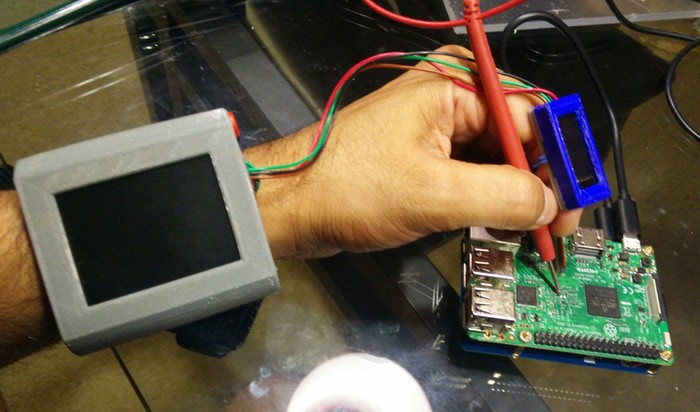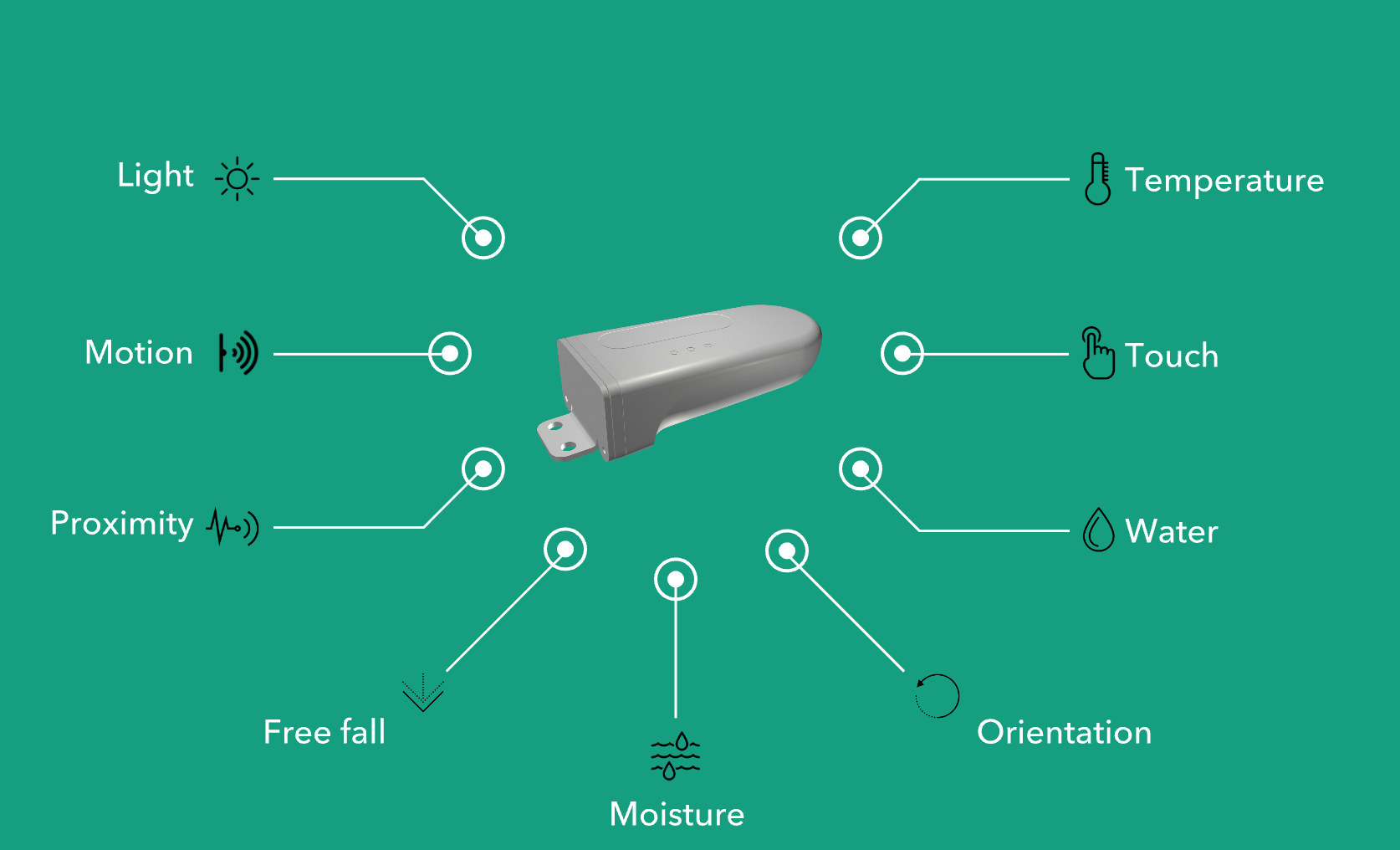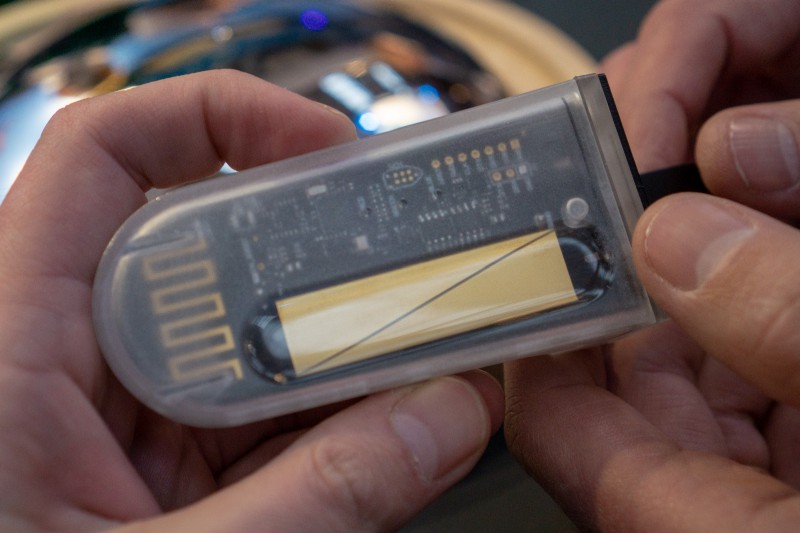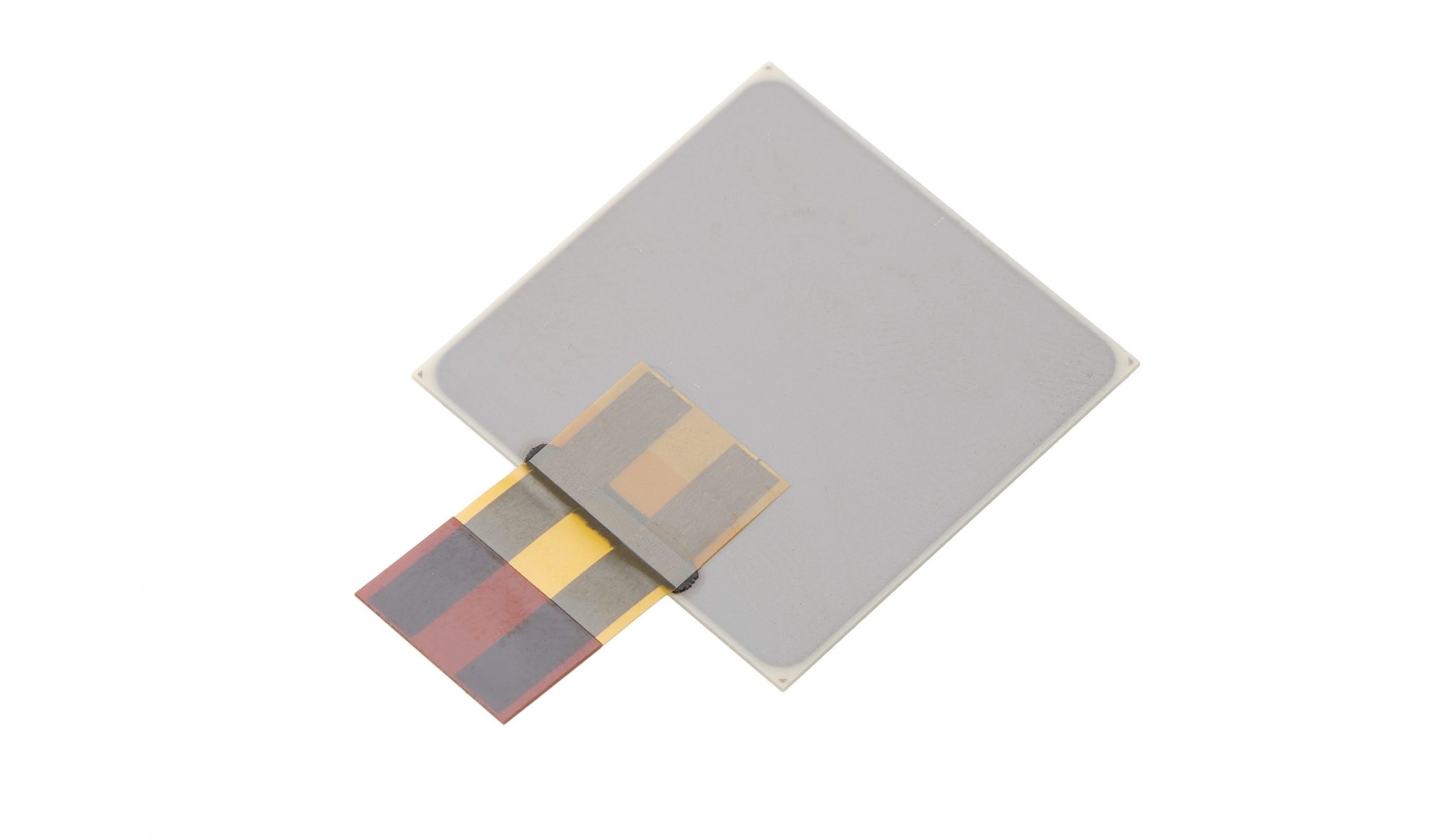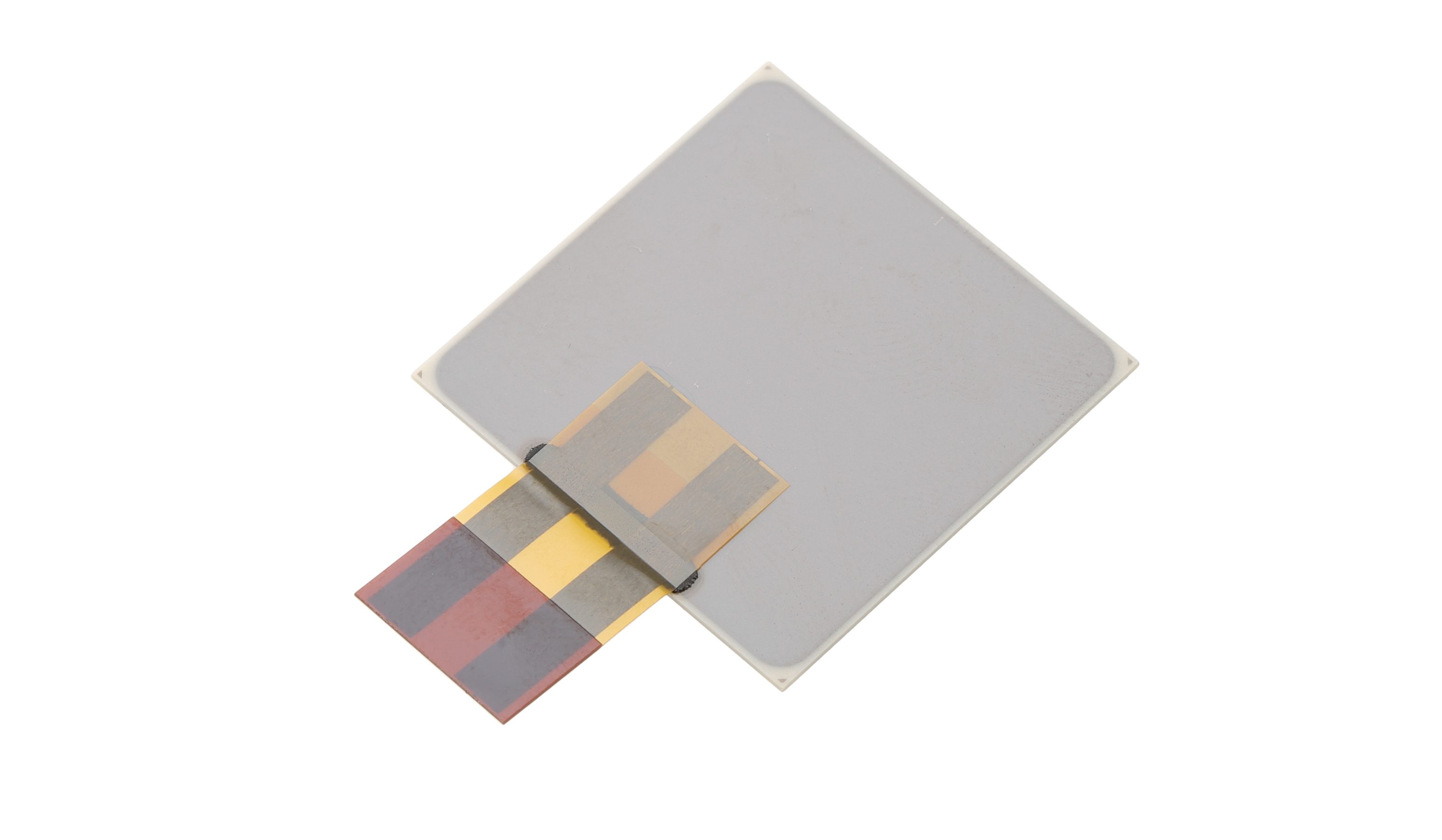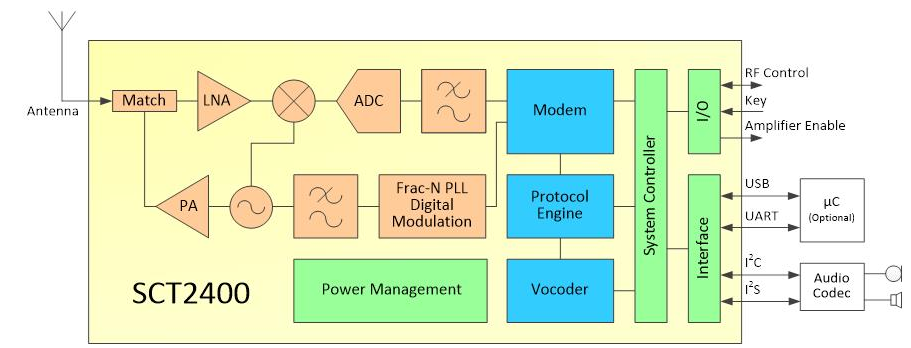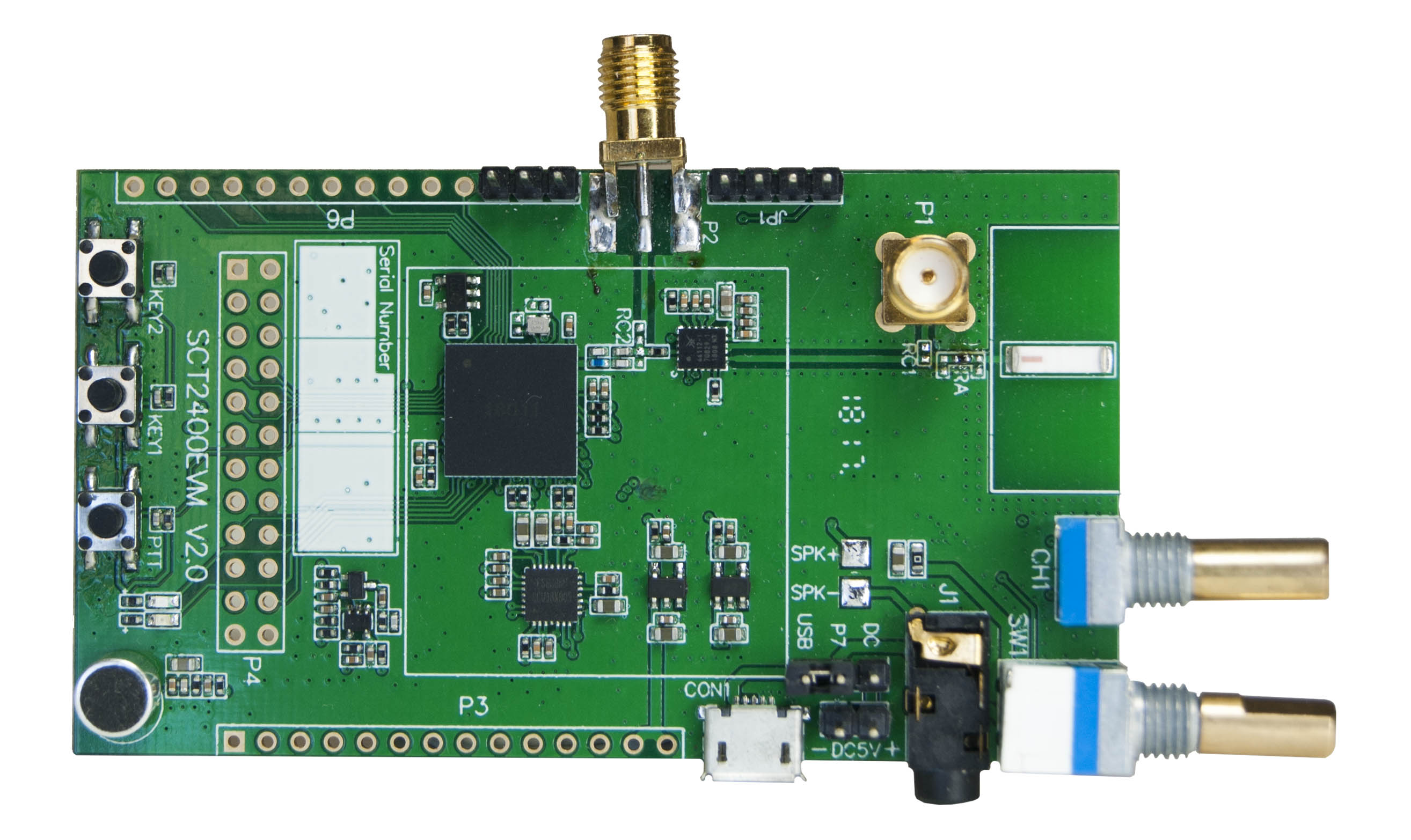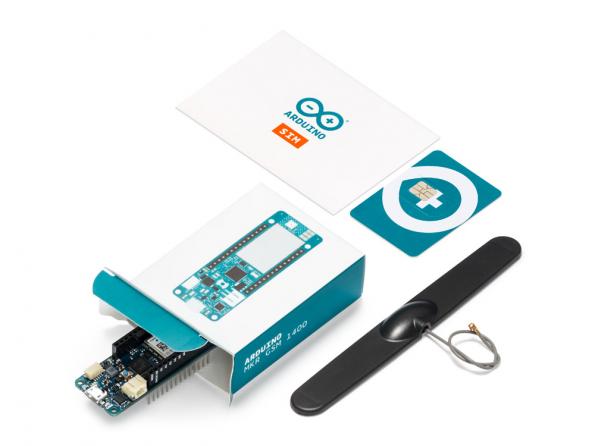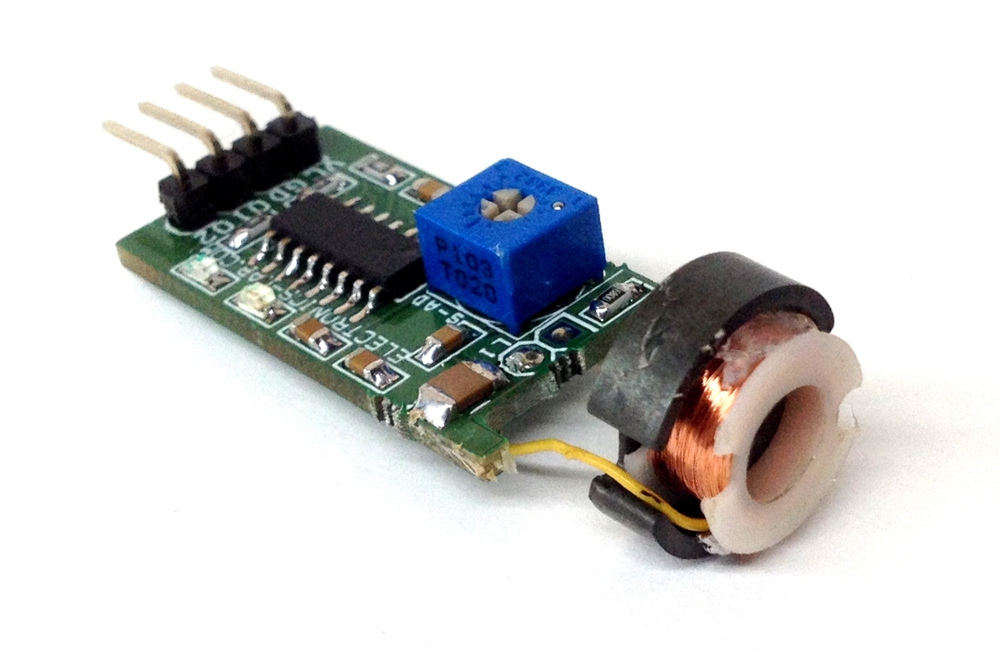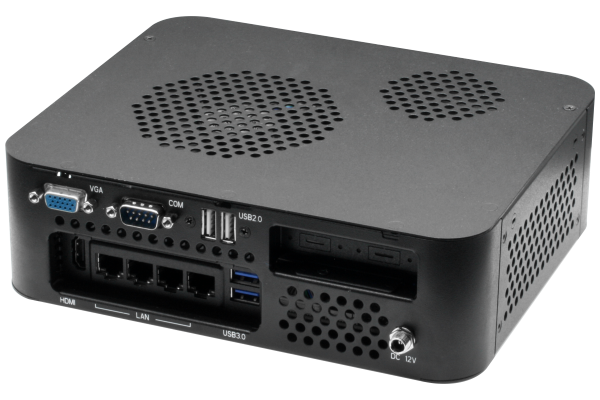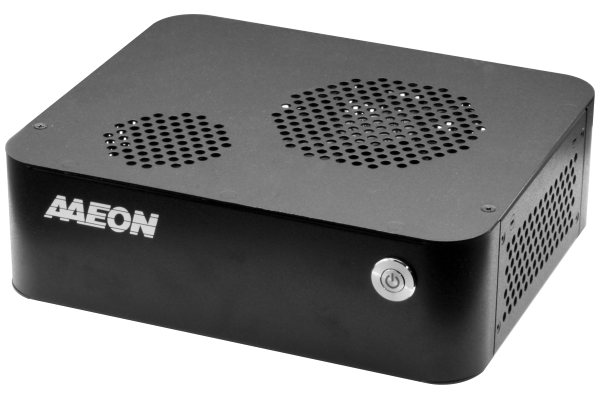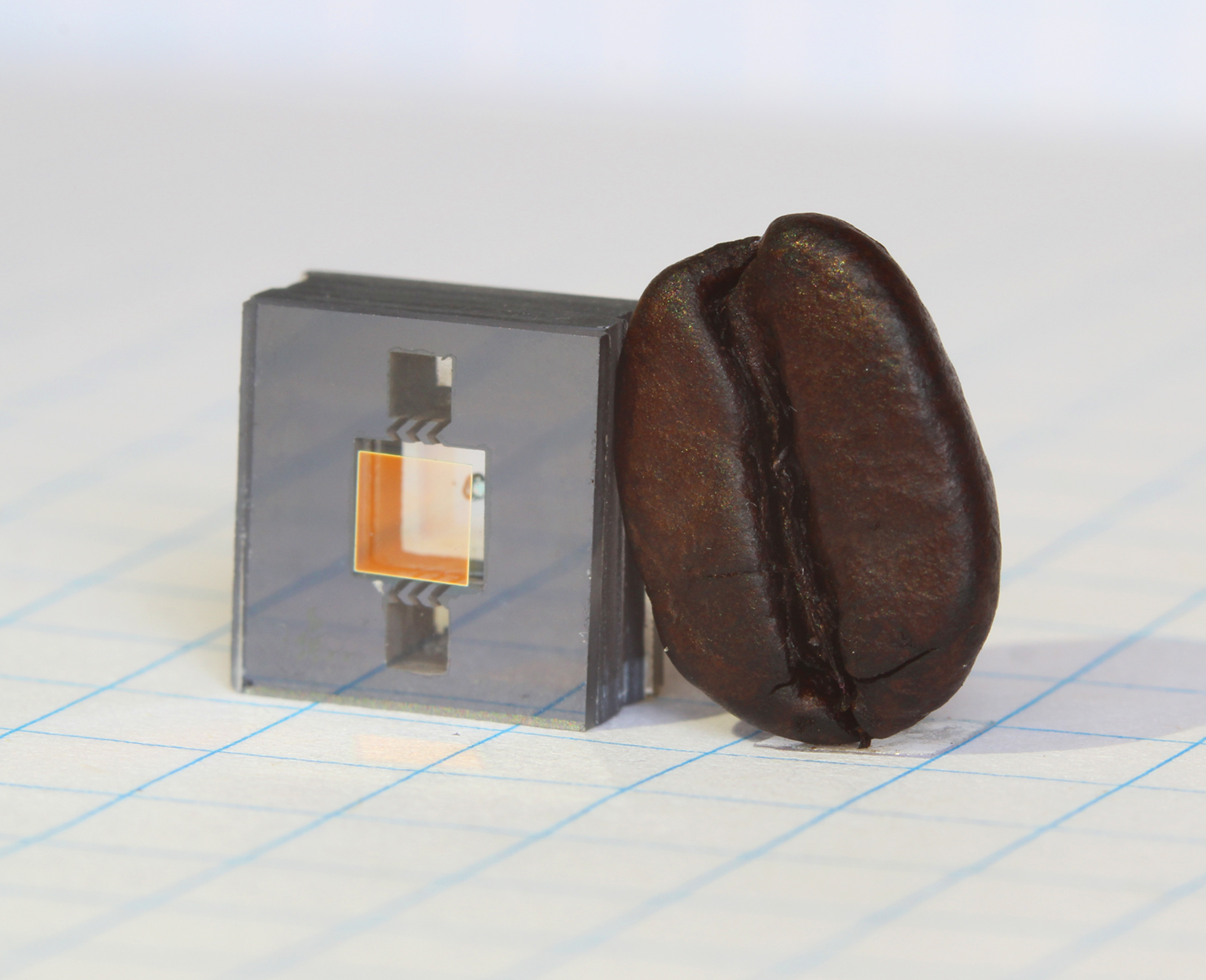makerPower Solar is a combination intelligent solar battery charger and power supply for low- to medium-power devices freeing them from the outlet. It is designed to provide 24/7 power for a wide range of embedded systems and IoT gadgets.
According to Julio:
Optimal charging is provided through a dynamic perturb-and-observe maximum power-point transfer converter (MPPT) and a 3-stage (BULK, ABSORPTION, FLOAT) charging algorithm.
The makerPower Solar offers 12V operation using 25W to 35W (12V) solar panels, along with 7Ah to 18Ah AGM lead-acid batteries. It has 35W MPPT charging, charge temperature compensation (via temp sensor), 10W/5V power supply available through a USB Type-C port, low-battery shutdown/restart capability, and a digital interface (via I2C).
Features & Specifications
- 12 V Operation
- Uses commonly available and inexpensive 25-35 W 12 V solar panels and 7-18 Ah sealed AGM lead-acid batteries (UPS batteries).
- Lead-acid batteries are ideal for outdoor solar applications because they are lower cost that other battery technologies, operate over a wider temperature range and are safe.
- 35 W Maximum Power-Point Charging
- Implements a MPPT algorithm to operate the solar panel at the point of maximum power generation to extract every bit of energy the panel is capable of producing. More efficient that PWM-style chargers and much more efficient than just attaching the panel to the battery.
- Three-state charger for fast and safe battery charging (BULK, ABSORPTION, FLOAT).
- Charge Temperature Compensation
- Temperature sensor monitors battery temperature and adjusts charge parameters to optimally charge the battery while protecting it from life-shortening overcharge conditions.
- 10 W 5 V Power Supply
- Available from USB Type A socket for plug&play with many devices or from a 0.1” header for direct connection.
- Capable of powering a Linux SBC and long-distance radio like a cellular modem or SatComm module.
- Low Battery Shutdown and Restart
- Five-volt output disabled when the battery is almost discharged with automatic restart when the battery is recharged.
- Alert signal available to provide warning of impending power-off for controlled shutdown. Use it to protect the filesystem in Raspberry Pi applications.
- Digital Interface
- I²C interface provides full access to charger measurements, state and configuration values.
- Status signals allow direct control for simple systems.
- Night-Only Mode
- Automatically enable the system only at night.
- Watchdog
- Ensure system reliability by power cycling when the attached system crashes or hangs.
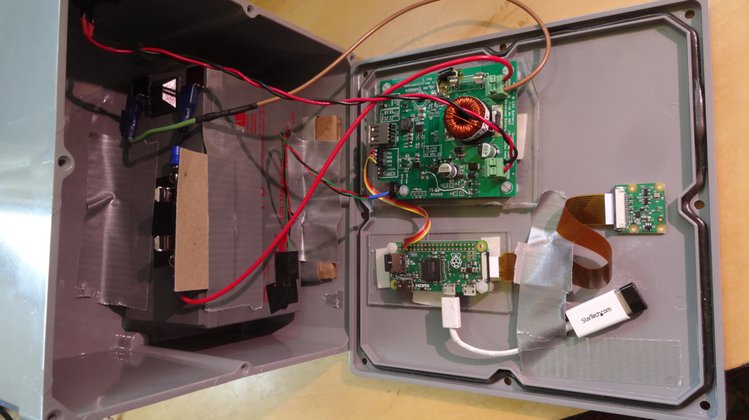
Applications
- Remote sensing and control devices, connected by a variety of communication technologies or stand-alone.
- Remote photography applications such as nature time-lapse, critter cams, and remote webcams.
- Utility functions such as USB charging, night lighting or remote water pumping.
- Power for remote lit art/sculptural installations.
- Power supply with battery backup for Raspberry Pi Server or Router.
Software Support
- Arduino library for access via the digital interface (compiles on Raspberry Pi too).
- Linux daemon for custom configuration, data logging, remote access and automatic shutdown/watchdog support.
- Desktop application for remote monitoring or data analysis.
- Demo applications
Dashboard Application
The makerPower Solar is going to launch on Crowd Supply soon, although there’s no word yet on pricing or expected shipping dates.

